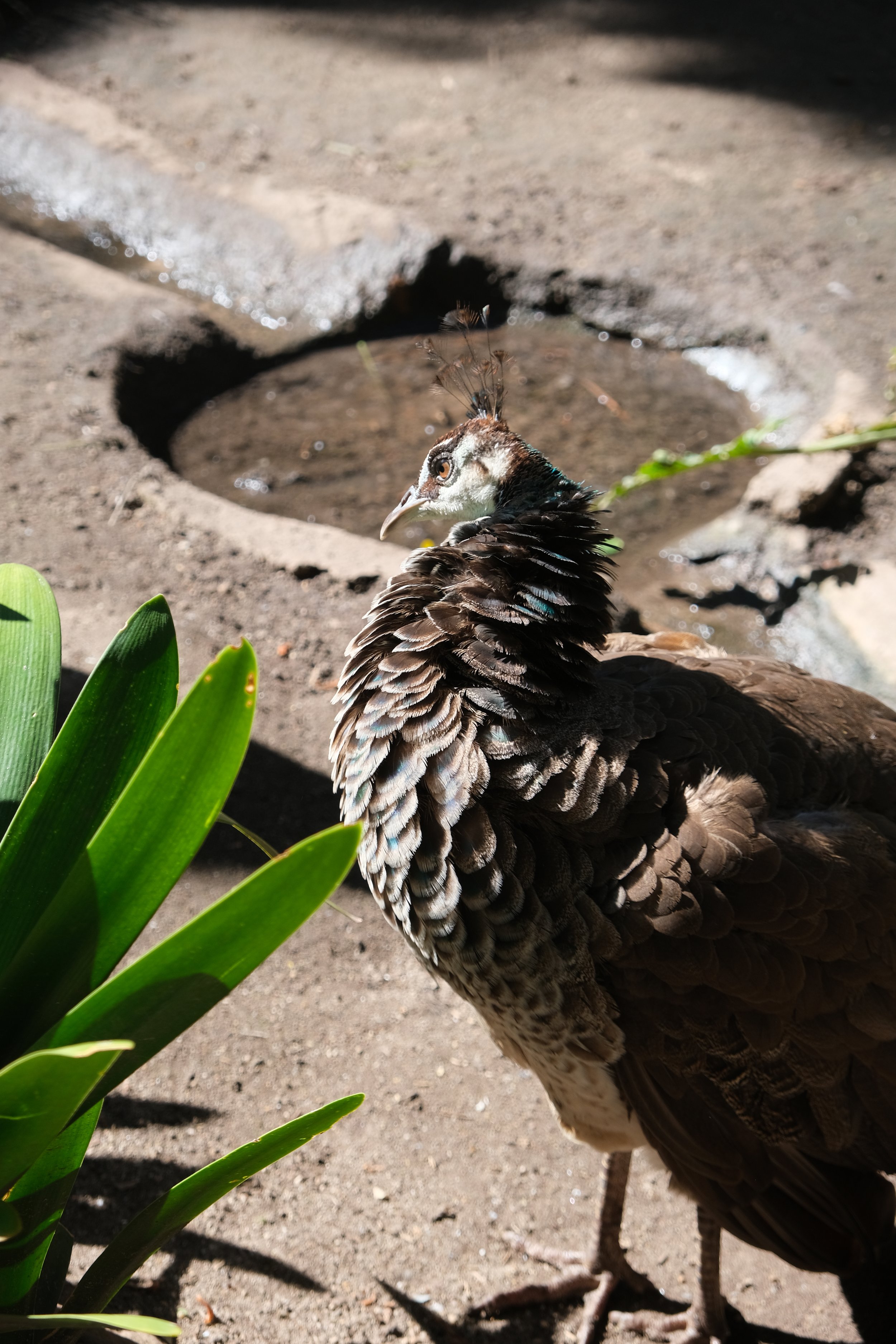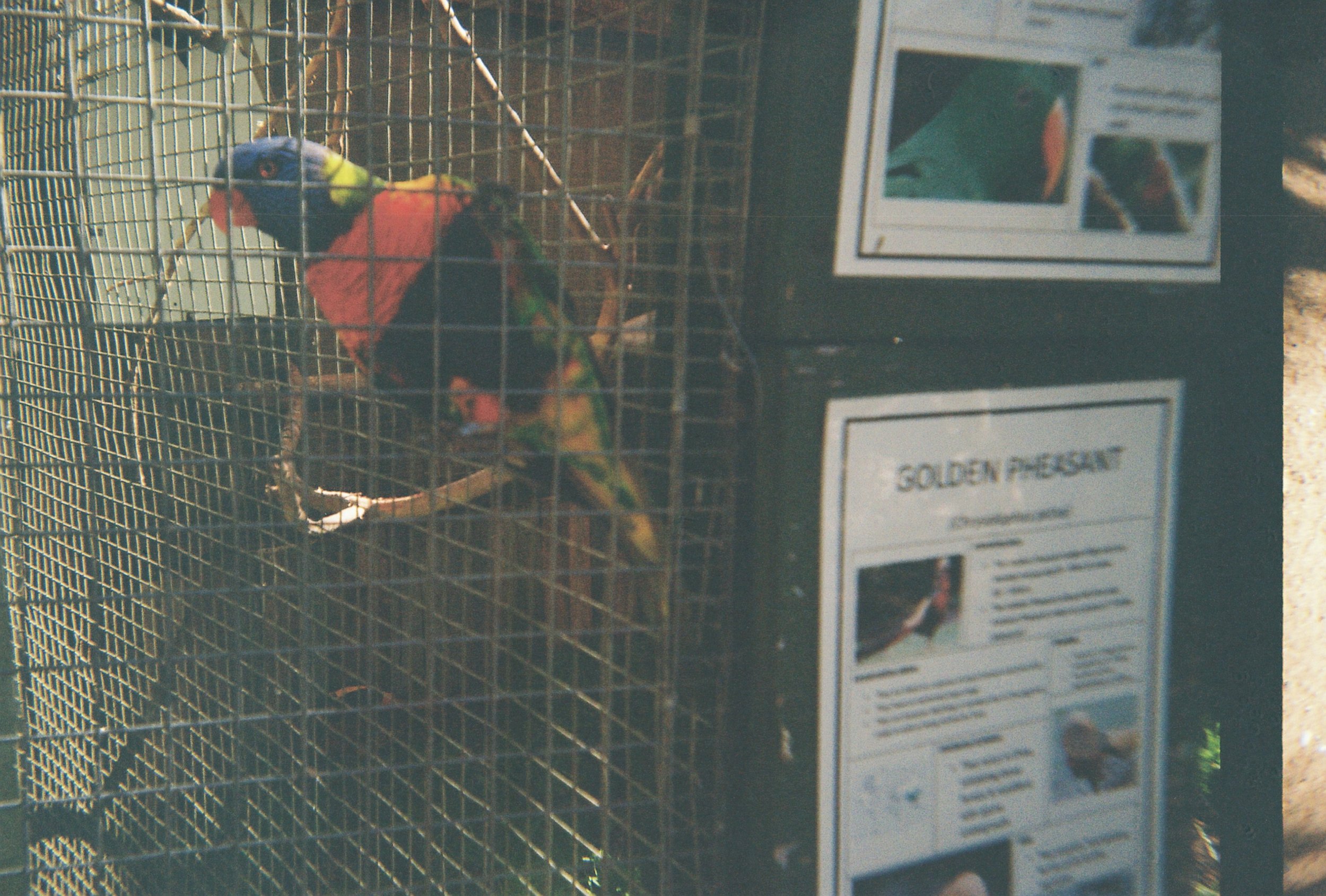The World of Birds: Wildlife and Monkey Sanctuary
One of the biggest hidden gems of Cape Town! I can not believe it took me so long to go here. I had the most incredible time. I spent as long as I could until both my phone and camera died, it was close to 5 hours I had spent there.
As a woman who prides herself on constantly wearing her “Crazy Chicken Lady” hat this place was everything I could have hoped for and more! You best believe that in the World of Birds it had chickens inside and I knew every single breed.
The World of Birds: Wildlife and Monkey Sanctuary is the largest bird park in Africa. It is home to over 3,000 birds of 400 different species. There are also a variety of small animals such as guinea pigs, marmosets, and tamarins. Located in a Tropical Garden setting in the Hout Bay Valley the aviaries are spaced over 4 acres of land, framed by Table Mountain, the Twelve Apostles, Chapman’s Peak, and Little Lion’s Head. They are all uniquely situated in more than 100 landscaped walk-through aviaries allowing you an intimate close experience. It is unlike anything you would experience in the United States!!!
When they say intimate they mean it. In some of the spaces, nothing is separating you from the birds. Not glass encasing the animals inside or wire that goes over your head. Maybe a fence that goes up to your hip bone but that's about it. Many of the birds are there to be healed, or someone who had them as a pet mistreated them and didn't understand the commitment necessary, you understand the premise. Some habitats do have a secure fenced-in landscape but each is spacious and routinely maintained.
Pelican right before feeding. I think they were a little hungry!
The sanctuary also serves as a hospital, orphanage, and breeding center caring for injured birds and animals. They have successfully bred threatened species such as the Blue Crane, the NeNe (Hawaiian goose), the Balb Ibis, and several rare monkey species.
I can’t wait to share all the photos I took and believe me there are many, soooo many.






I had to laugh at moments because some of the birds they had, I grew up raising and showing in 4H and still have at home currently including golden pheasants, ringneck doves, silver pheasants, lady Amherst pheasants, peafowl, silkies, mandarins, and mallards just to name a few.
I can still remember the day we got Mallards in the aviary at home. For those who do not know this story, I can’t remember how old I was but at that time in life, it wasn’t uncommon for Dad to come home with an oddity from work. One of these occurrences for instance was when he came home with a turkey egg he found and stuck under a chicken. Well, it was just our luck that this turkey egg hatched (under a chicken sitting on duck eggs I might add). We called him “Tiny Tim” our little turducken and that poor thing was confused its entire life on what it was.
But I am going off on a tangent, mallard's that's right. I no longer remember it completely because it was a long time around. But I distinctly recall Dad coming home with a box of baby mallard ducks that had lost their mother. I think she had been killed somehow but those details escape me. You can better believe how excited I was to see these little cuties and I didn't even have to wait for them to hatch like usual. I will say that growing up with all the animals we started teaching you patience from a young age, especially when it came to taking care of the garden. Carrots don't grow overnight as much as you pray that they will.
Lots and lots of photos …



























































































































































Flamingos







Monkey Jungle
Not only do you get to go through each of these habitats and see the birds but you also can sit down with the monkeys. It was so amazing! These little cuties are quick and a bit mischievous so it's very important to keep all your belongings safe and tucked away. I was wearing my hair in a scrunchie and one even tried pulling at it. While I was there two of the monkeys had babies on their backs at about 2 months old. Props to those mothers carrying them everywhere at 2 months old, that's a lot of weight to carry on such a tiny body.









The ones you can sit with are called Squirrel monkeys. Their fur is short with an olive color at the shoulders and a yellowish-orange throughout the rest of the body. The throat and ears are white while the mouth is black. Their life spans range from about 13-15 years in the wild and 20 in captivity.
Small Mammals










Most people know that I have wanted an Emu for a few years now. I think they are absolutely beautiful and lay the most stunning eggs.
I realize that many are hesitant to have such animals as they can have a temper. I have assured both mom and dad many times I am up for the challenge but unfortunately that answer continues to be no. It has come to my attention though that my cousin on River Street recently ascertained 2 Emus and I can not wait to meet them when I get back.
I discovered a new animal that I would love to have back home.
Rhea
It's a relative of the Ostrich and Emu called a Rhea. This animal is considered the South American Ostrich and is a large flightless bird. It is a little bit smaller in my opinion than an Emu. They have a grey-brown plumage with long necks and long legs. Unlike many birds, they have only 3 toes.
Rheas are polygamous, males usually court between two to twelve females. After mating the male builds the nest and incubates from ten to sixty eggs. Before hatching the chicks will start whistling inside the egg. The men also care for the young while females move on once the eggs are laid and may mate with another male. The young reach adult size after about 6 months but do not breed until they reach 2 years old.
Film Photos
Some are a hit or a miss, but that is the surprise (and risk) with a reusable plastic film camera.












Thank you for reading! I loved it here so much and am looking forward to going back again!






